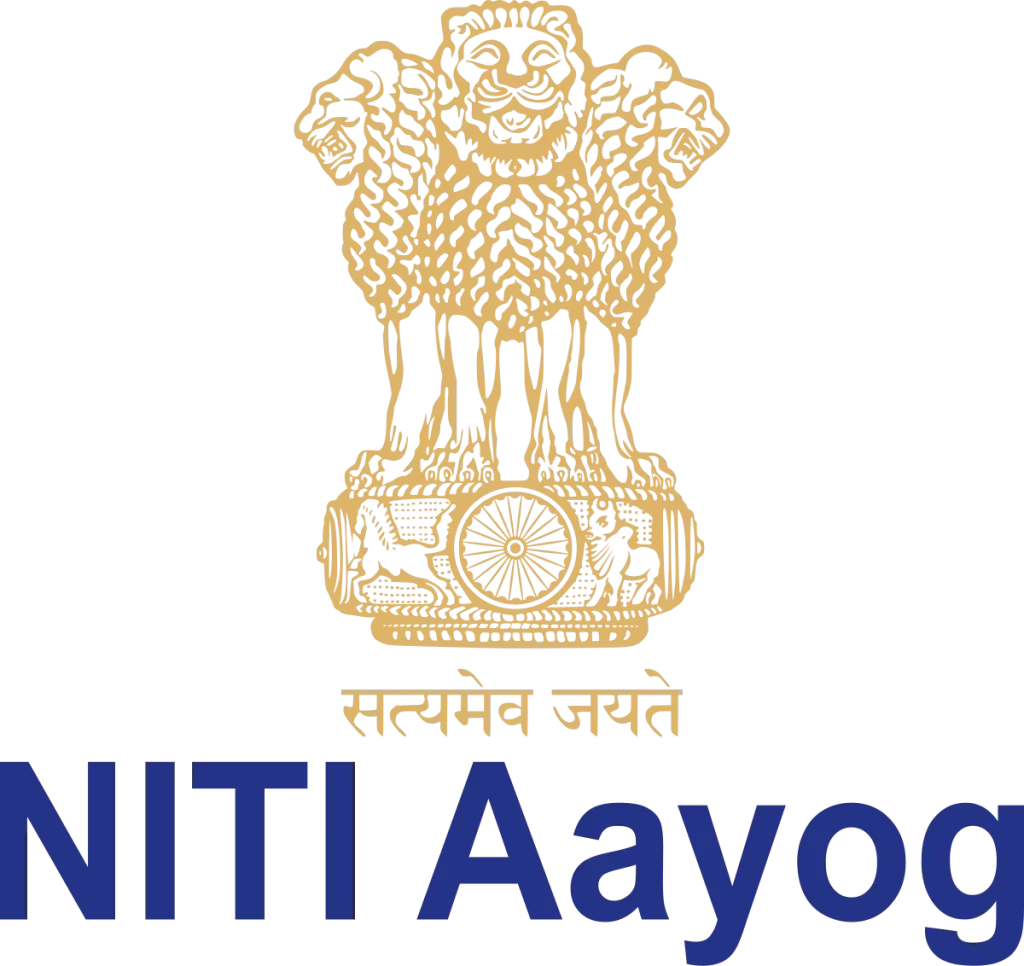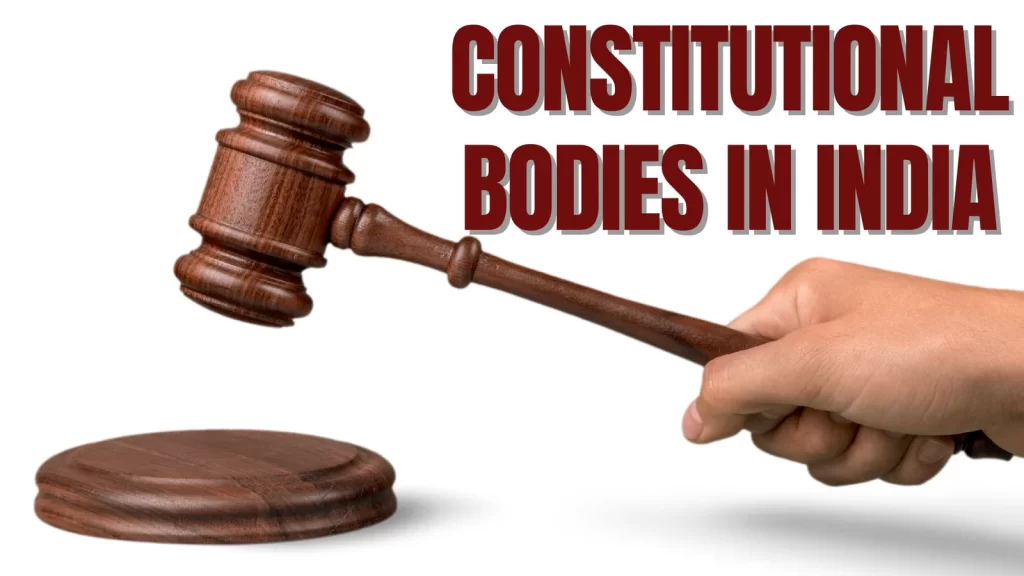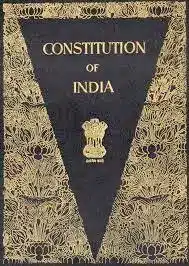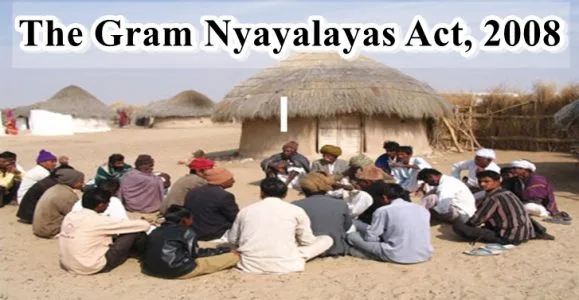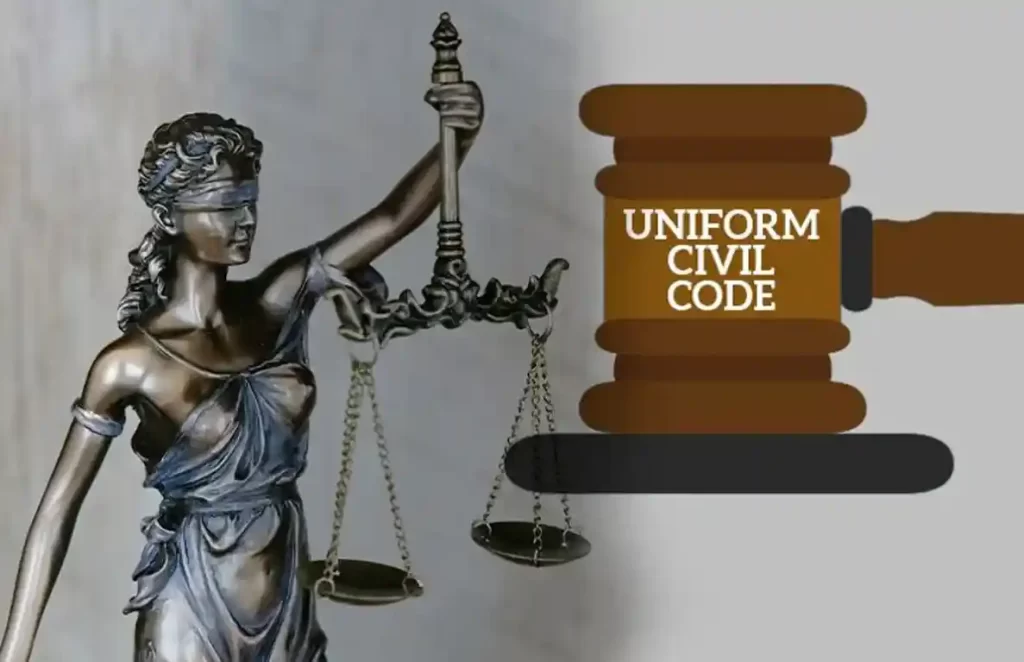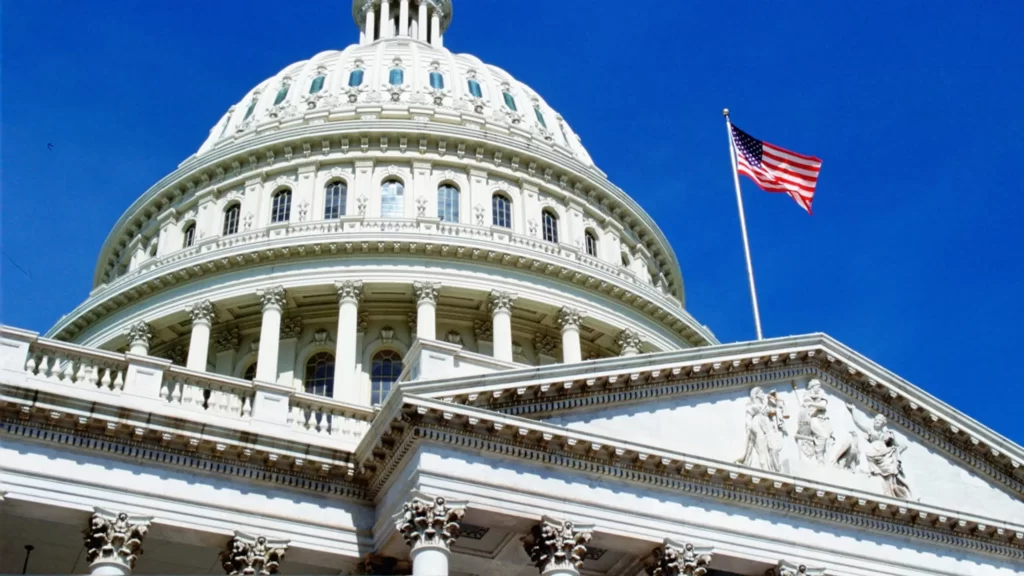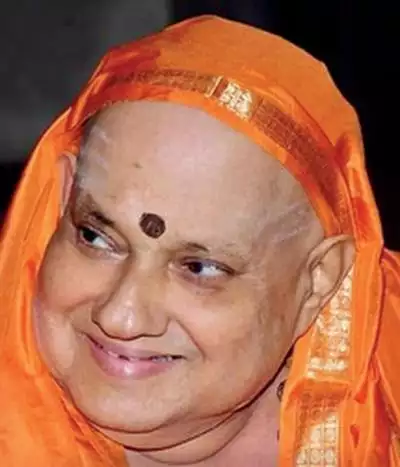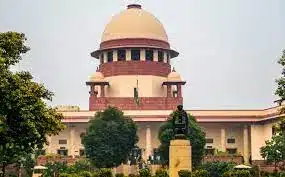Demand for a Constituent Assembly
- It was in 1934 that the idea of a Constituent Assembly for India was put forward for the first time, by M.N. Roy, a pioneer of the communist movement in India and an advocate of radical democratism.
- In 1935, the Indian National Congress (INC), for the first time, officially demanded a Constituent Assembly to frame the Constitution of India.
- In 1938, Jawaharlal Nehru, on behalf of the INC declared that ‘the Constitution of free India must be framed, without outside interference, by a Constituent Assembly elected on the basis of the adult franchise’.
- The demand was finally accepted in principle by the British Government in what is known as the ‘August Offer ‘of 1940.
- The Cripps Proposals for the first time clearly spelled out the procedure for the setting up of the Constituent Assembly, and it was clearly accepted that the Constitution would be the sole responsibility of the Indians alone.
- They were rejected by the Muslim League which wanted India to be divided into two autonomous states with two separate Constituent Assemblies. Finally, a Cabinet Mission was sent to India.
- While it rejected the idea of two Constituent Assemblies, it put forth a scheme for the Constituent Assembly which more or less satisfied the Muslim League.
Election of the Constituent Assembly:
- The representatives of each community were to be elected by members of that community in the provincial legislative assembly and voting was to be by the method of proportional representation by means of a single transferable vote.
- The representatives of princely states were to be nominated by the heads of the princely states.
- It is thus clear that the Constituent Assembly was to be a partly elected and partly nominated body.
- Moreover, the members were to be indirectly elected by the members of the provincial assemblies, who themselves were elected on a limited franchise.
Composition of the Constituent Assembly:
The Constituent Assembly was constituted in November 1946 under the scheme formulated by the Cabinet Mission Plan. The features of the scheme were:
- The total strength of the Constituent Assembly was to be 389. Of these, 296 seats were to be allotted to British India and 93 seats, to the Princely States. Out of 296 seats allotted to British India, 292 members were to be drawn from the eleven governors’ provinces and four from the four chief commissioners’ provinces, one from each.
- Each province and princely state (or groups of states in the case of small states) were to be allotted seats in proportion to their respective population; roughly, one seat was to be allotted for every million population.
- Seats allocated to each British province were to be decided among the three principal communities-Muslims, Sikhs and general (all except Muslims and Sikhs), in proportion to their population.
- The elections to the Constituent Assembly (for 296 seats allotted to the British Indian Provinces) were held in July-August 1946. The Indian National Congress won 208 seats, the Muslim League 73 seats, and the small groups and independents got the remaining 15 seats. However, the 93 seats allotted to the princely states were not filled as they decided to stay away from the Constituent Assembly.
- Although the Constituent Assembly was not directly elected by the people of India on the basis of adult franchise, the Assembly comprised representatives of all sections of Indian Society: Hindus, Muslims, Sikhs, Parsis, Anglo-Indians, Indian Christians, SCs, and STs including women of all these sections. The Assembly included all important personalities of India at that time, with the exception of Mahatma Gandhi and M.A Jinnah.
Working of the Constituent Assembly:
- The Constituent Assembly held its first meeting on December 9, 1946. The Muslim League boycotted the meeting and insisted on a separate state of Pakistan. The meeting was thus attended by only 211 members. Dr. Sachchidanand Sinha, the oldest member, was elected as the temporary President of the Assembly, following the French practice.
- Later, on December 11, 1946, Dr. Rajendra Prasad and H C Mukherjee were elected as the President and Vice-President of the Assembly respectively. Sir B N Rau was appointed as the Constitutional advisor to the Assembly.
Objectives Resolution in the Constituent Assembly
- On December 13, 1946, Jawaharlal Nehru moved the historic ‘Objectives Resolution’ in the Assembly. It laid down the fundamentals and philosophy of the constitutional structure.
- It read this Constituent Assembly declares it’s firm and solemn resolve to proclaim India as the Independent Sovereign Republic and to draw up for her future governance a Constitution:
- Under this, the people of India were guaranteed social, economic and political justice, equality and fundamental freedoms.
- This resolution was unanimously adopted on 22 January 1947 and it became the Preamble to the Constitution.
Changes in the Constituent Assembly by the Independence Act
The Indian Independence Act of 1947 made the following three changes in the position of the Constituent Assembly:
- The Assembly was made a fully sovereign body, which could frame any constitution it pleased. The act empowered the assembly to abrogate or alter any law made by the British Parliament in relation to India.
- The Assembly also became a legislative body.
- The Muslim League members withdrew from the Constituent Assembly for India.
VARIOUS COMMITTEES OF THE CONSTITUENT ASSEMBLY
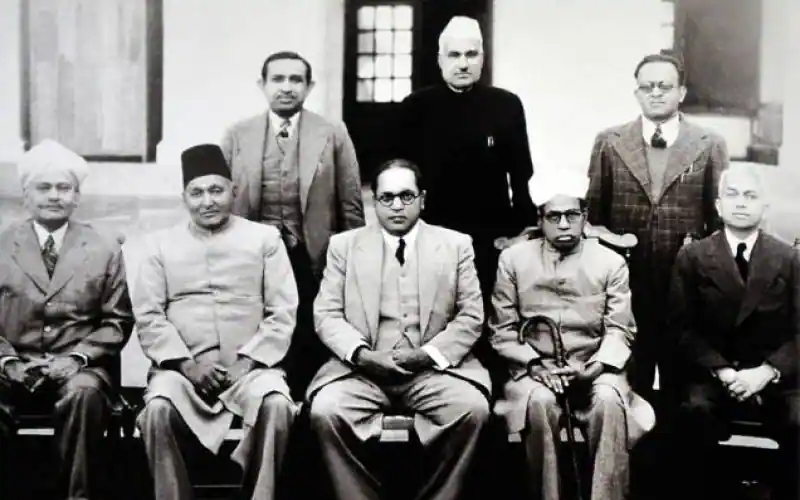
Major Committees:
- Union Powers Committee – Jawaharlal Nehru
- Union Constitution Committee – Jawaharlal Nehru
- Provincial Constitution Committee – Sardar Patel
- Drafting Committee – Dr. B.R. Ambedkar
- Advisory Committee on Fundamental Rights, Minorities and Tribal and Excluded Areas – Sardar Patel. This committee had the following five sub-committees:(a) Fundamental Rights Sub-Committee – J.B. Kripalani(b) Minorities Sub-Committee – H.C. Mukherjee(c) North-East Frontier Tribal Areas and Assam Excluded & Partially Excluded Areas Sub-Committee – Gopinath Bardoloi(d) Excluded and Partially Excluded Areas (Other than those in Assam) Sub-Committee – A.V. Thakkar (e) North-West Frontier Tribal Areas Sub-Committee
- Rules of Procedure Committee – Dr. Rajendra Prasad
- States Committee (Committee for Negotiating with States) – Jawaharlal Nehru
- Steering Committee – Dr. Rajendra Prasad
Minor Committees:
- Finance and Staff Committee – Dr. Rajendra Prasad
- Credentials Committee – Alladi Krishnaswami Ayyar
- House Committee – B. Pattabhi Sitaramayya
- Order of Business Committee – Dr. K.M. Munshi
- Ad-hoc Committee on the National Flag – Dr. Rajendra Prasad
- Committee on the Functions of the Constituent Assembly – G.V. Mavalankar
- Ad-hoc Committee on the Supreme Court – S. Varadachari (Not an Assembly Member)
- Committee on Chief Commissioners’ Provinces – B. Pattabhi Sitaramayya
- Expert Committee on the Financial Provisions of the Union Constitution – Nalini Ranjan Sarkar (Not an Assembly Member)
- Linguistic Provinces Commission – S.K. Dar (Not an Assembly Member)
- Special Committee to Examine the Draft Constitution – Jawaharlal Nehru
- Press Gallery Committee – Usha Nath Sen
- Ad-hoc Committee on Citizenship – S. Varadachari
Drafting Committee:
Among all the committees of the Constituent Assembly, the most important committee was the Drafting Committee set up on August 29, 1947. It was this committee that was entrusted with the task of preparing a draft of the new Constitution. It consisted of seven members. They were:
- Dr. B R Ambedkar (Chairman)
- N Gopalaswamy Ayyangar
- Alladi Krishnaswamy Ayyar
- Dr. K M Munshi
- Syed Mohammad Saadullah
- N Madhava Rau (He replaced B L Mitter who resigned due to ill-health)
- TT Krishnamachari (He replaced D P Khaitan who died in 1948)
Other Functions Performed by Constituent Assembly
In addition to the making of the Constitution and enacting of ordinary laws, the Constituent Assembly also performed the following functions:
- It ratified India’s membership of the Commonwealth in May 1949.
- It adopted the national flag on July 22, 1947.
- It adopted the national anthem on January 24, 1950.
- It adopted the national song on January 24, 1950.
- It elected Dr. Rajendra Prasad as the first President of India on January 24, 1950.
In all, the Constituent Assembly had 11 sessions over two years, 11months and 18 days. The Constitution-makers had gone through the constitutions of about 60 countries, and the Draft Constitution was considered for 114 days. On January 24, 1950, the Constituent Assembly held its final session. It, however, did not end and continued as the provisional parliament of India.
Criticism of the constituent assembly
- Not a representative body : as its members were not directly elected by the people of India on the basis of universal adult franchise.
- Not a sovereign body : as it was created by the proposals of the British government. Further, the assembly held its sessions with the permission of the British government.
Also refer :
- Top 50 Science MCQs For Competitive Exams
- Know About The Different Financial Sector Regulators In India
- Difference Between Fifth Schedule And Sixth Schedule

